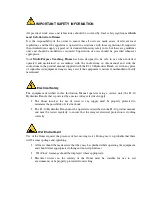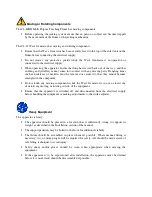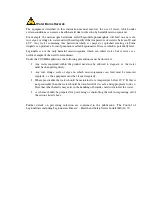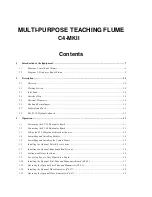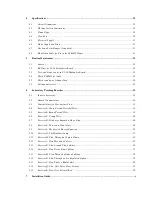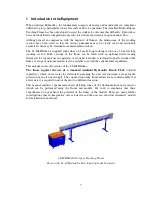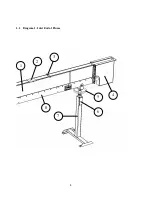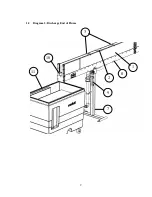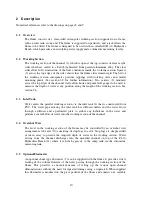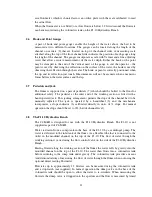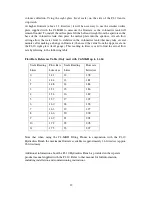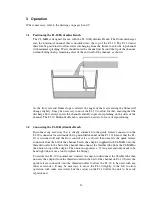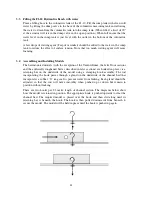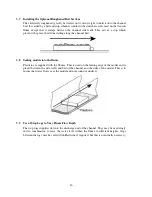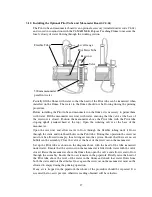
Water Borne Hazards
The equipment described in this instruction manual involves the use of water, which under
certain conditions can create a health hazard due to infection by harmful micro-organisms.
For example, the microscopic bacterium called Legionella pneumophila will feed on any scale,
rust, algae or sludge in water and will breed rapidly if the temperature of water is between 20 and
45°C. Any water containing this bacterium which is sprayed or splashed creating air-borne
droplets can produce a form of pneumonia called Legionnaires Disease which is potentially fatal.
Legionella is not the only harmful micro-organism which can infect water, but it serves as a
useful example of the need for cleanliness.
Under the COSHH regulations, the following precautions must be observed:-
•
Any water contained within the product must not be allowed to stagnate, i.e. the water
must be changed regularly.
•
Any rust, sludge, scale or algae on which micro-organisms can feed must be removed
regularly, i.e. the equipment must be cleaned regularly.
•
Where practicable the water should be maintained at a temperature below 20°C. If this is
not practicable then the water should be disinfected if it is safe and appropriate to do so.
Note that other hazards may exist in the handling of biocides used to disinfect the water.
•
A scheme should be prepared for preventing or controlling the risk incorporating all of
the actions listed above.
Further details on preventing infection are contained in the publication “The Control of
Legionellosis including Legionnaires Disease” - Health and Safety Series booklet HS (G) 70.



